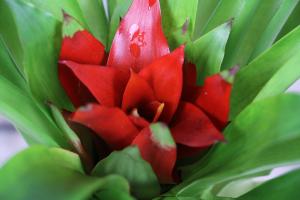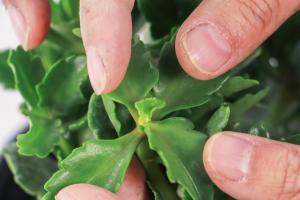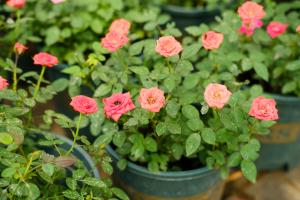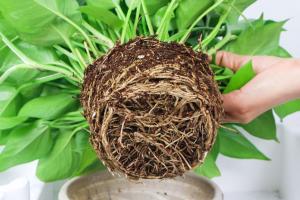How to Espalier Ornamental and Fruit Trees
Espalier is a technique of training trees into a two-dimensional form. By closely pruning and training the branches, you can create a beautiful and functional shape for your ornamental or fruit trees. Here are the steps to espalier trees successfully.
Texture Plants
Texture plants include those with rough, smooth, shiny or hairy leaves. They create contrast and interest when placed near each other in a garden. When espaliering trees, consider using textured plants as a background or accent to highlight the tree's shape.
Choose the Right Tree Species
Not all trees are suitable for espalier. Choose species that are naturally adaptable and have a long life. Some of the best trees for espalier are apple, pear, cherry, and fig. Ornamental trees like dogwood, magnolia, and redbud can add beauty to your landscape.
Prepare the Site and Plant the Tree
Choose a spot that has good soil drainage and full sun exposure. Dig a hole that is twice the size of the tree's root ball, and mix in compost or other organic matter. Plant the tree and water it deeply. After the tree establishes, select the branches you want to use for your design.
Prune and Train the Branches
Begin training the tree in the second or third year after planting. Start by cutting back the central leader to a height of 18 to 24 inches. Select the two lateral branches on either side of the leader and remove any other competing branches. These branches will become the primary limbs of the tree.
Tie the primary limbs to stakes or trellis so that they grow horizontally. Prune the sideshoots and lower branches to create a formal structure. As the tree grows, maintain its shape by trimming new growth, and remove any dead or diseased branches.
Maintain a Healthy Tree
Espalier trees require occasional feeding, watering, and pruning to ensure they stay healthy and productive. Water the trees deeply during dry spells, and fertilize them in the spring to encourage new growth. Prune them in the winter when they are dormant, and remove any damaged or crossing branches.
In Conclusion
Espalier trees can be an impressive addition to your landscape, adding both function and beauty. By choosing the right tree species and properly training and maintaining the branches, you can create a stunning and functional design. Experiment with textures and other plants to enhance the tree's shape and form a garden that is both practical and beautiful.

 how many times do yo...
how many times do yo... how many planted tre...
how many planted tre... how many pine trees ...
how many pine trees ... how many pecan trees...
how many pecan trees... how many plants comp...
how many plants comp... how many plants can ...
how many plants can ... how many plants and ...
how many plants and ... how many pepper plan...
how many pepper plan...

































